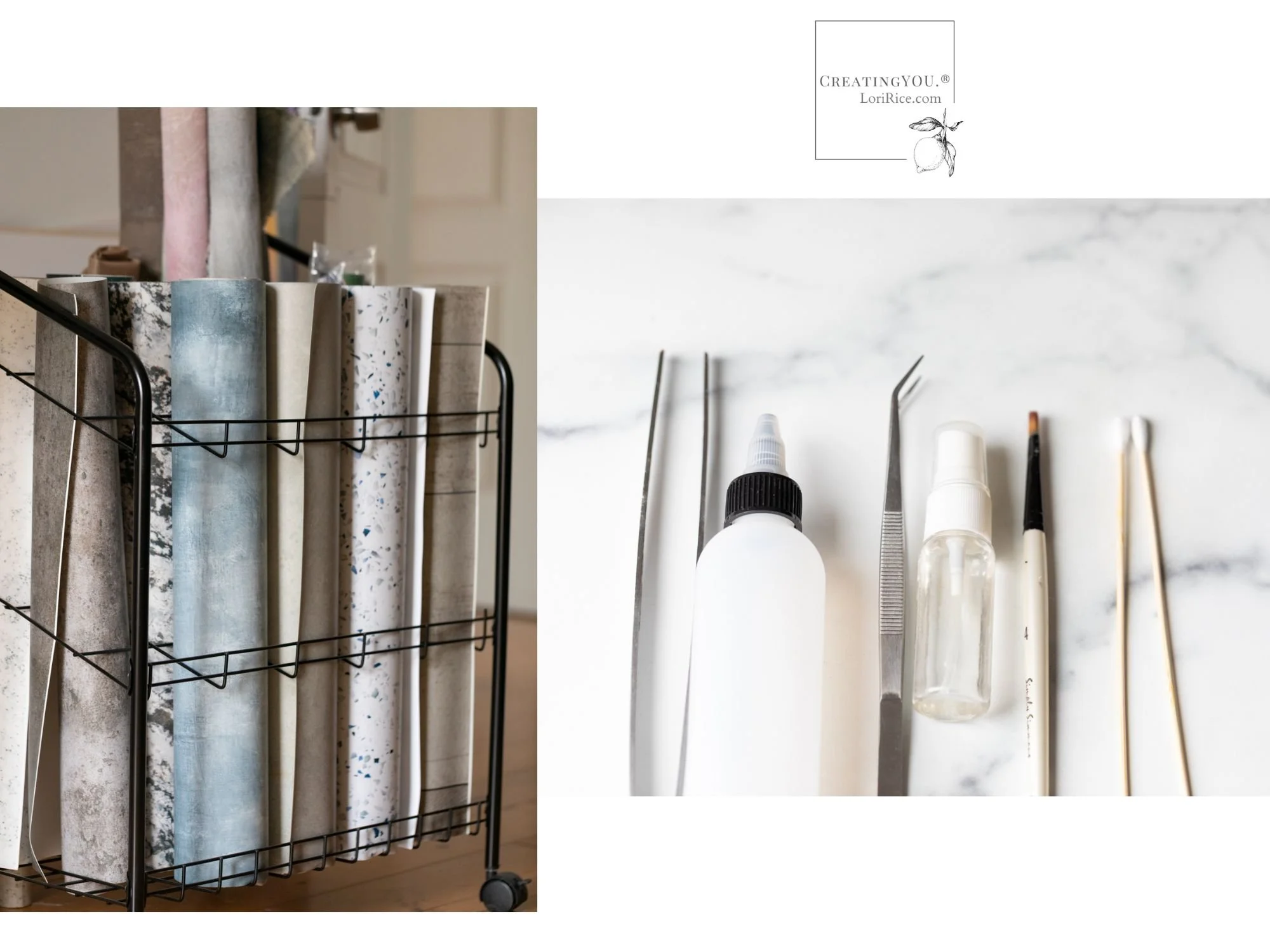Rather listen than read? Click play above.
My latest cookbook, the California Farm Table Cookbook, publishes next Tuesday! Revisiting all of the content I created for it has my mind on the work I did last year photographing outside around the state. That’s led me to revisit all the opportunities I’ve had to create and photograph picnic scenes.
Photographing outside is so much easier because there is loads of natural light, right?
That might be true for sunrise and sunset, but the rest of the day a quick snap gives you either a dull photo lacking directional light or a photo so bright it hurts your eyes. And what do you do when you want to photograph all the star dishes on the table? Is there a way to capture that layer salad at a better angle?
It’s the time of year when many of us are ready to bust open the sliding glass door and start dining outside. Here are some tips for capturing everything from your harvest to your filled picnic table, whether you create the scene or it’s there waiting for you.
You’ll still need to create direction light.
Your light source comes from all directions when you are outside, resulting in a dull photo. Use your boards just as you would in your studio to block light, darken shadows, or bounce light back onto the scene. Use your boards whether you are taking a quick shot of a pretty salad or freshly picked fruit on the ground, or working with a full table.
Style overheads step-by-step.
1. Select your hero and place it.
2. Place your supporting heroes.
3. Place your sides.
4. Fill space with condiments.
5. Add extra props to create the scene.
Add some assembly.
Burgers assembled or sliced, salads mixed, drinks poured. A little assembly creates action in the photo without having to set up the tripod and capture action when there are no one’s hands to capture but your own.
Conform the style to time of day.
If you can’t help shooting in the middle of the day when the sun is at its brightest, work with the light to create a style of photo that conforms to the brightness and boldness. Yes, scrims help filter light, but when working solo, they can be hard to manage. There are stands, but if you’ve ever worked in a strong breeze, you know these can be more trouble than they are worth.
Accept the bold light, the contrast, the saturation, and have fun with it. Reduce highlights as needed in editing, and embrace a fun summer look that you may not have expected.
Capture some background.
Whether it’s people mingling or simply some green grass, capturing some of your scene gives you a sense of place. Simply lower yourself and your camera to more of an eye-level position.
Use fences and vegetation to create directional light or give a moodier background.
Low bushes or trees, fences, and outdoor walls can take the place of a black foam core board that you’d use inside to deepen shadows. They are especially helpful on sunny days. Use them to help control the mood of your photo.
This month in Club CreatingYOU.® we’re taking a deep dive into pies! I can’t wait to share my tips for styling and photographing all kinds of pies. If you work as a solo stylist-photographer, check out what this fun group is all about.





































